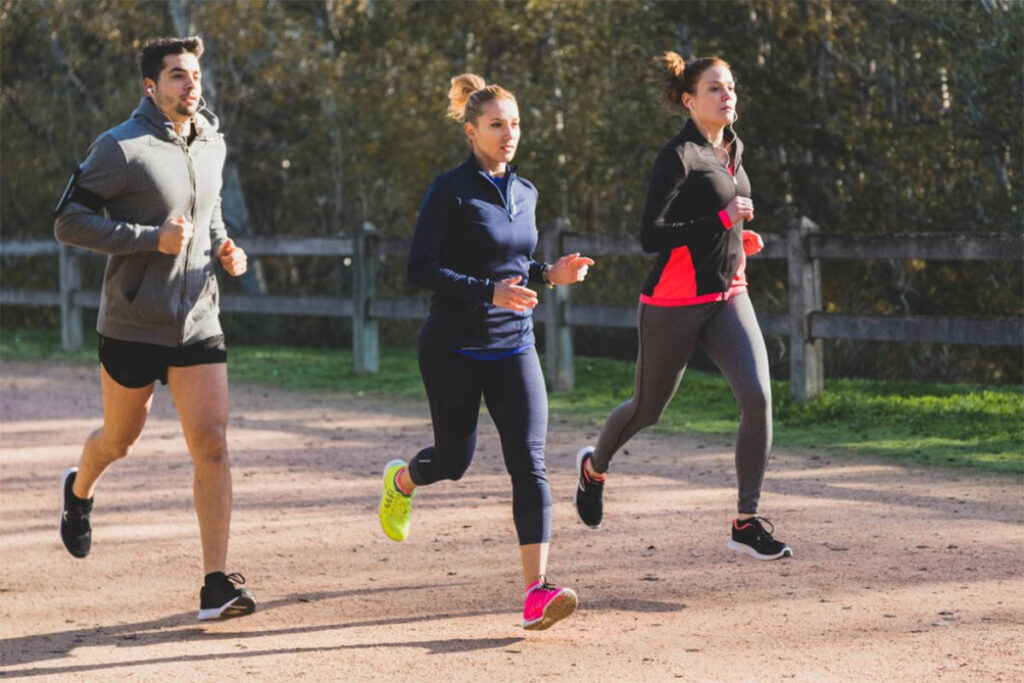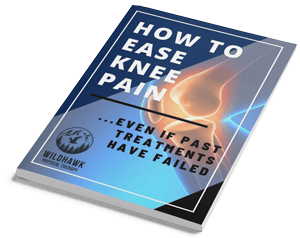
Introduction
Welcome to another informative blog post from WildHawk Physical Therapy. In this comprehensive article, we will explore a topic close to the hearts of dedicated runners: cross training options for the winter season. When the temperatures plummet and the ground is covered in snow, maintaining your running routine outdoors can be challenging. However, by embracing alternative training methods, you can stay in peak shape and enhance your running performance come springtime.
Winter Warriors: Cross Training in the Cold
Winter can be a formidable adversary for runners, but it doesn’t mean you have to hang up your running shoes until the thaw arrives. Instead, consider incorporating cross training into your fitness regimen to keep your cardiovascular fitness, strength, and endurance levels up. Let’s dive into various cross training options to help you stay on track during the frosty months.
Indoor Cycling: The Pedal Power
Indoor cycling, often referred to as spinning, is an excellent way to maintain cardiovascular fitness while giving your legs a break from pounding the pavement. Many fitness centers offer spinning classes with upbeat music and motivational instructors. Alternatively, you can invest in a stationary bike for home use and follow along with online cycling classes.
Swimming: The Low-Impact Solution
Swimming is a full-body workout that provides an excellent cardiovascular challenge while being gentle on the joints. It’s an ideal cross training option for runners, especially in winter. Many indoor pools offer lap swim times, making it accessible even in colder climates. Swimming strengthens the upper body and core, enhances lung capacity, and can improve your overall endurance.
Strength Training: Building the Foundation
Strength training is a crucial component of any runner’s training program, and winter is an excellent time to focus on building strength. Incorporate exercises that target the major muscle groups, including the legs, core, and upper body. Bodyweight exercises, free weights, resistance bands, and gym machines are all effective tools for strength training. Stronger muscles provide better support and stability for your runs and can help prevent injuries.
Yoga and Pilates: Flexibility and Core Stability

Yoga and Pilates are fantastic choices for cross training in the winter. These practices focus on flexibility, balance, and core strength, which are essential for maintaining good running form and preventing injuries. Many studios offer heated yoga classes, which can be particularly appealing during the cold season. Additionally, there are numerous online classes and apps that provide guided yoga and Pilates sessions for all levels.
Indoor Track: Embracing the Elements
If you’re determined to keep running during winter, consider using an indoor track if one is available in your area. Indoor tracks provide a controlled environment without the hazards of icy or slippery surfaces. Running indoors can help you maintain your running form and cardiovascular fitness while reducing the risk of weather-related injuries.
Elliptical Trainer: Low-Impact Cardio
The elliptical trainer is another low-impact cardio option that mimics the motion of running without the impact on your joints. It’s an excellent choice for maintaining cardiovascular fitness and leg strength while reducing the risk of overuse injuries. Many gyms have elliptical machines, or you can invest in one for home use.
CrossFit and HIIT Workouts: High-Intensity Alternatives
CrossFit and high-intensity interval training (HIIT) workouts are perfect for those who crave a challenging and efficient workout. These workouts typically involve a combination of cardiovascular conditioning, strength training, and bodyweight exercises. HIIT, in particular, can be done in a short amount of time, making it a great option for busy winter days when you can’t spend hours at the gym.
Treadmill Running: A Controlled Environment
If you prefer to stick with running, consider using a treadmill in a climate-controlled gym. Treadmills offer a consistent surface and climate, allowing you to continue your training without worrying about the cold, wind, or snow. You can adjust the incline and speed to replicate outdoor conditions and focus on interval training or tempo runs.
Cross Training Plans: Creating a Balanced Routine
To make the most of your winter cross training, create a structured plan that incorporates a variety of activities. Aim for a balanced routine that includes cardio workouts, strength training, flexibility sessions, and recovery days. Consult with a fitness professional or coach to develop a customized cross training plan that aligns with your running goals and addresses any weaknesses or imbalances.
Staying Safe and Healthy in Winter

When engaging in winter cross training, it’s essential to prioritize safety and comfort. Here are some tips to keep in mind:
- Dress in layers to stay warm during outdoor activities.
- Stay hydrated, even in cold weather.
- Pay attention to your body’s signals, and don’t push yourself too hard.
- Incorporate a warm-up and cool-down into your workouts.
- Listen to your joints and muscles; if something doesn’t feel right, seek guidance from a healthcare professional.
- Don’t forget to maintain proper nutrition to support your training and recovery.
Conclusion
In conclusion, winter doesn’t have to be a season of hibernation for runners. By embracing cross training options, you can stay active, maintain your fitness levels, and even improve your running performance when spring arrives. Whether you opt for indoor cycling, swimming, strength training, yoga, or any combination of activities, the key is to keep moving and stay motivated during the cold months. Winter warriors understand that dedication to their fitness goals is a year-round endeavor, and with the right cross training regimen, you can conquer the chill and emerge stronger than ever. Reach out to WildHawk Physical Therapy located in Asheville, NC for guidance on your program.
Frequently Asked Questions:
Q: Is it necessary to cross train in the winter if I want to continue running?
A: While it’s possible to maintain your running routine throughout the winter, cross training offers several benefits. It can reduce the risk of overuse injuries, improve overall fitness, and provide variety in your workouts. Incorporating cross training can be particularly helpful when outdoor conditions are less than ideal.
Q: How do I choose the right cross training activities for my running goals?
A: The choice of cross training activities depends on your specific running goals and preferences. If you’re looking to build strength and prevent injuries, consider options like strength training, yoga, or Pilates. If your focus is on cardiovascular fitness, indoor cycling, swimming, or high-intensity interval training (HIIT) may be more suitable. Consult with a fitness professional or coach to tailor a cross training plan to your needs.
Q: How often should I cross train during the winter?
A: The frequency of cross training sessions can vary based on your training volume and goals. A common approach is to include one to three cross training sessions per week, depending on your running schedule. It’s essential to strike a balance between running and cross training to prevent burnout and overtraining.
Q: Can cross training help improve my running performance?
A: Yes, cross training can enhance your running performance by addressing weaknesses, improving overall fitness, and preventing injuries. Activities like strength training can build muscle, while swimming can boost cardiovascular endurance. A well-rounded cross training program can complement your running and lead to improved race times and running form.
Q: Are there any cross training options I can do at home?
A: Absolutely! Many cross training activities can be done at home with minimal equipment. You can engage in bodyweight exercises, yoga, Pilates, and even follow online workout routines or fitness apps. If you have access to a stationary bike or elliptical machine, you can incorporate indoor cycling as well. Home workouts offer convenience and flexibility, making it easier to stay consistent with your training in the winter months.
Remember that winter cross training is an opportunity to diversify your workouts, prevent burnout, and come back to running stronger when the warmer weather returns.










